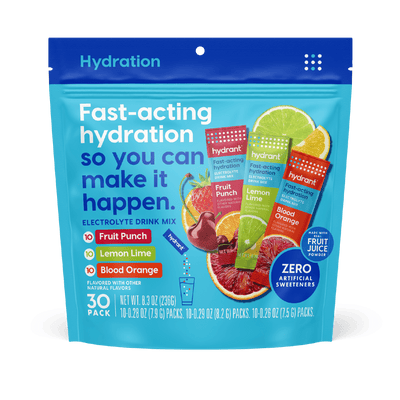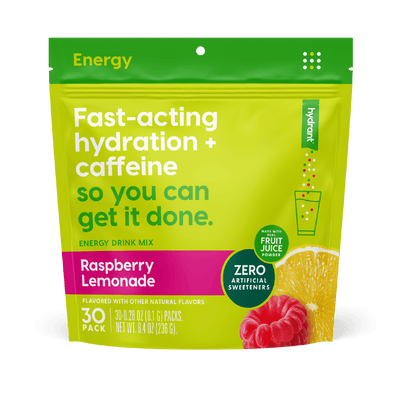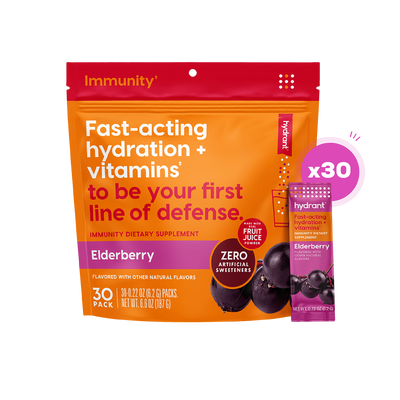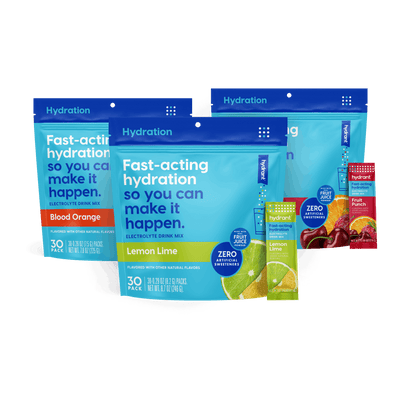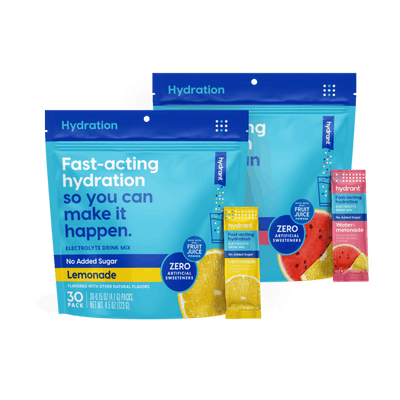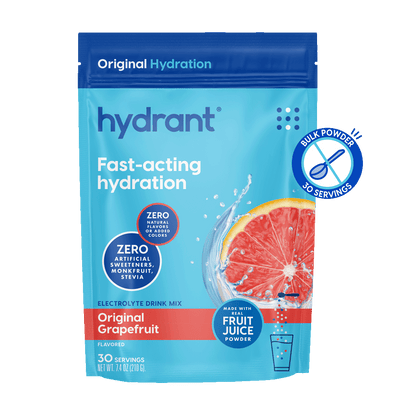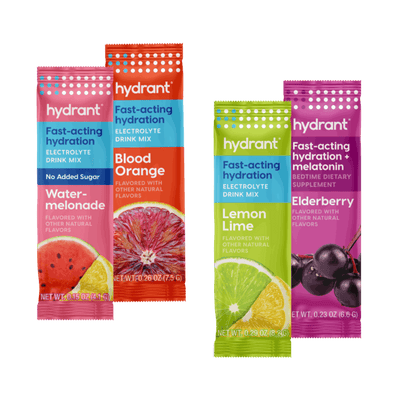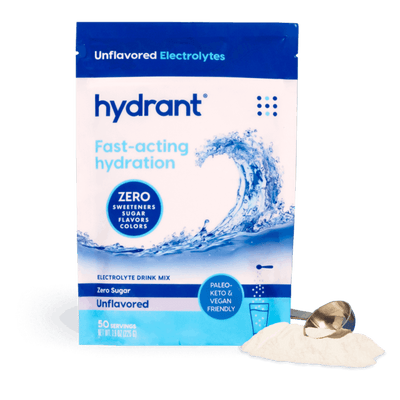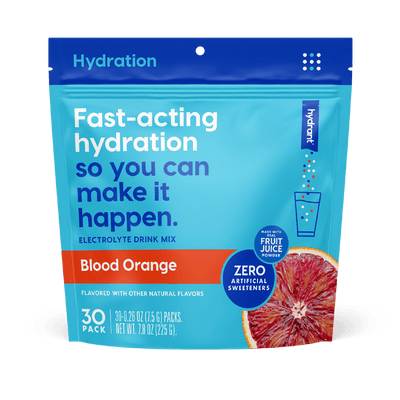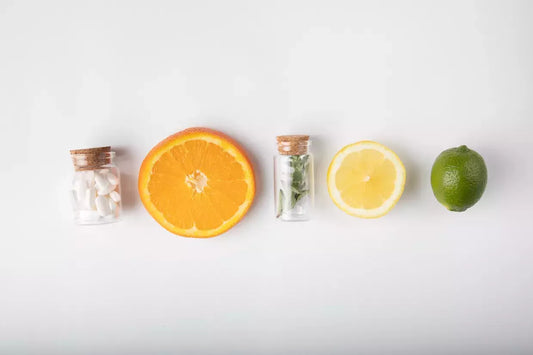The new year is here, and we all know what happens on January 1: We decide to overhaul our lives, establish new and healthy habits, and make this new year “our year.”
If you’ve ever tried to start and stick with a new habit, there’s a good chance you’ve heard that it’ll take you 21 days to build it into your routine.
Is there any truth to this statement, though? Is it a myth or fact that it takes 21 days to form a habit? Read on to find out!
Myth!
Let’s cut right to the chase. The idea that it takes 21 days to create a habit is, for the most part, a myth. According to researchers from the University College of London, the 21-day myth appears to stem from anecdotal evidence gathered from plastic surgery patients [1].
Plastic surgeon Dr. Maxwell Maltz wrote in his 1960 book “Psycho-cybernetics” that it takes about 21 days for a patient’s mental image of themselves to change. Maltz also wrote that a person’s self-image and habits typically go together — “Change one and you will automatically change the other.”
It seems that folks took this information and ran with it, assuming that, if it takes plastic surgery patients 21 days to become habituated (or get used to) a change in their appearance, it would also take them 21 days to form a new habit.
Based on more current research, though, this assumption does not appear to hold water.
How Long Does It Take to Form a Habit?
If it doesn’t take 21 days to make a habit, how long does it actually take?
According to a more formal study conducted by researchers at the University College of London, it takes more than three times as long as we’ve been led to believe.
On average, it’ll take about 66 days for you to establish a new habit [2]. In the context of this study, a habit was considered established when it felt automatic for the participants.
Everyone Is Different
It’s important to note that, even though 66 days was the average, there was also a lot of variation among study participants. For example, one participant reported that their habit felt automatic after just 18 days. Another didn’t get there until the 84th (final) day of the study.
At first, this information might seem a bit disheartening. Twenty-one days to establish a habit seems manageable. Sixty-six days (or even 84) may feel a little more daunting. The good news, though, is that everyone is different. The goal here is not to deter you from trying to build new habits. Instead, it’s to help you gain perspective and set you up for success.
Now that you know it might take longer than 21 days to make a behavior stick, you’ll likely have an easier time staying motivated and will be less inclined to give up if something doesn’t feel automatic on January 21.
Tips for Forming Long-Lasting Habits
When it comes to forming long-lasting habits, the amount of time you spend practicing something doesn’t appear to be as important as the steps you take when building your new habit.
When you put systems in place that make habit-formation easier, you’ll be more inclined to stick with new and healthy practices long-term. Here are some ideas that will help you get started:
Start with a Keystone Habit
A keystone habit is a type of habit that creates a ripple effect. Author and habit-formation master James Clear has described them as habits that “make success easier, regardless of the circumstances you face” [3].

In his article on Keystone Habits, Clear uses exercise as an example of a keystone habit. When he made working out a regular part of his routine, other aspects of his life started to change for the better. He started wanting to eat more healthfully, and he wanted to make quality sleep a priority.
Clear didn’t have to make a conscious effort to do these things. They all naturally stemmed from his habit of regular exercise.
Choosing a Keystone Habit
Everyone’s keystone habit will be different. In general, though, it’s best to pick something that can act as a launchpad for a larger goal that you might have.
For example, let’s say your big goal is to eat more healthfully in 2021. A keystone habit might be to focus more on your hydration and drink a certain amount of water every day.
When you’re better hydrated, you may be less likely to give in to sugar cravings, which can lead to you making more positive changes in your diet throughout the year [4]. You’ll also feel more energized, which can help you to feel more motivated to exercise [5].
As you can see, drinking more water could be the catalyst that encourages you to create healthy habits in other areas of your life.
Learn the Habit Formation Framework
The more you know about the way habits are formed, the easier it is to actually create long-lasting ones in your own life.
James Clear’s “habit loop” framework is an easy one to understand, and it helps to illustrate the way our brains work when it comes to forming new habits. The Habit Loop is broken down into these four steps:
Here’s a simple example of the Habit Loop using everyone’s favorite morning beverage: Coffee.
The cue is waking up in the morning. Immediately upon waking, you start to desire a reward, such as relief from feeling groggy. Your response to this craving is to drink coffee. After drinking coffee, you get to enjoy the reward of no longer feeling groggy.

There’s a lot that happens in your brain between waking up and feeling energized after drinking your first cup of coffee. The same applies to any other habit that you’re trying to implement.
Foundations of a Strong Habit
Think about a habit that you’ve already established. Maybe it’s drinking coffee in the morning or brushing your teeth at night.
If it’s a habit you’ve stuck to for a long time (i.e., beyond 66 days), it likely checks these boxes, laid out by Bay Area business and finance guru Steve Ripplinger [6]:
- It has a strong and predictable cue
- Your craving is intense and strongly connected to the cue
- It’s easy to respond to and you can do so with minimal friction
- You experience a reward that is immediate and satisfying
All of these characteristics contribute to the creation of a flywheel effect.
The flywheel effect, coined by author Jim Collins in the book “Good to Great,” is based on the idea that big changes never happen all at once [7]. They are the result of repeated efforts, which resemble someone relentlessly pushing a large, heavy flywheel again and again until they build enough momentum and the flywheel can spin on its own.
Find a Forcing Mechanism
When it comes to forming healthy habits, the most important thing to do is start somewhere. This is often one of the hardest parts of habit formation for people, though. They might feel overwhelmed or so afraid of doing it wrong that they do nothing at all.
If you have trouble getting started with forming a new habit, a forcing mechanism can help. Put simply, a forcing mechanism is something that builds motivation and gives you a push in the right direction.
Social accountability is a common example of a forcing mechanism. If you tell someone that you’re going to start a new habit, you’ll likely feel more compelled to stick with it since you know others are watching.
Others might be more compelled by the possibility of financial loss/gain. This is why diet bet websites are so popular for people who are trying to lose weight. When they know there’s money on the line, they often feel more motivated to start practicing behaviors that will help them to lose weight.
Practice Habit Stacking
The term “habit stacking” was also coined by James Clear (we were being serious when we said he’s the habit-formation guru) [8]. This practice involves “stacking” a new habit on top of an existing one. Let’s say you want to drink more water in 2021. You’ll likely have an easier time drinking more water if you attach it to something you already do habitually.

For example, maybe after you brush your teeth, you can drink a glass of water since you’re already standing right there by the sink. This helps you to create another cue that reminds you to engage in a new practice. Over time, you can also add on to this habit stack and include other healthy practices, such as taking vitamins or meditating.
Establish Healthy Habits Today
Are you ready to set and stick to some healthy habits in 2021? As you can see, there’s more to building a habit than doing something over and over again for 21 days.
Keep the tips listed above in mind as you start making plans and setting goals. They’ll help you to get off on the right foot and increase your chances of seeing progress throughout the new year!
